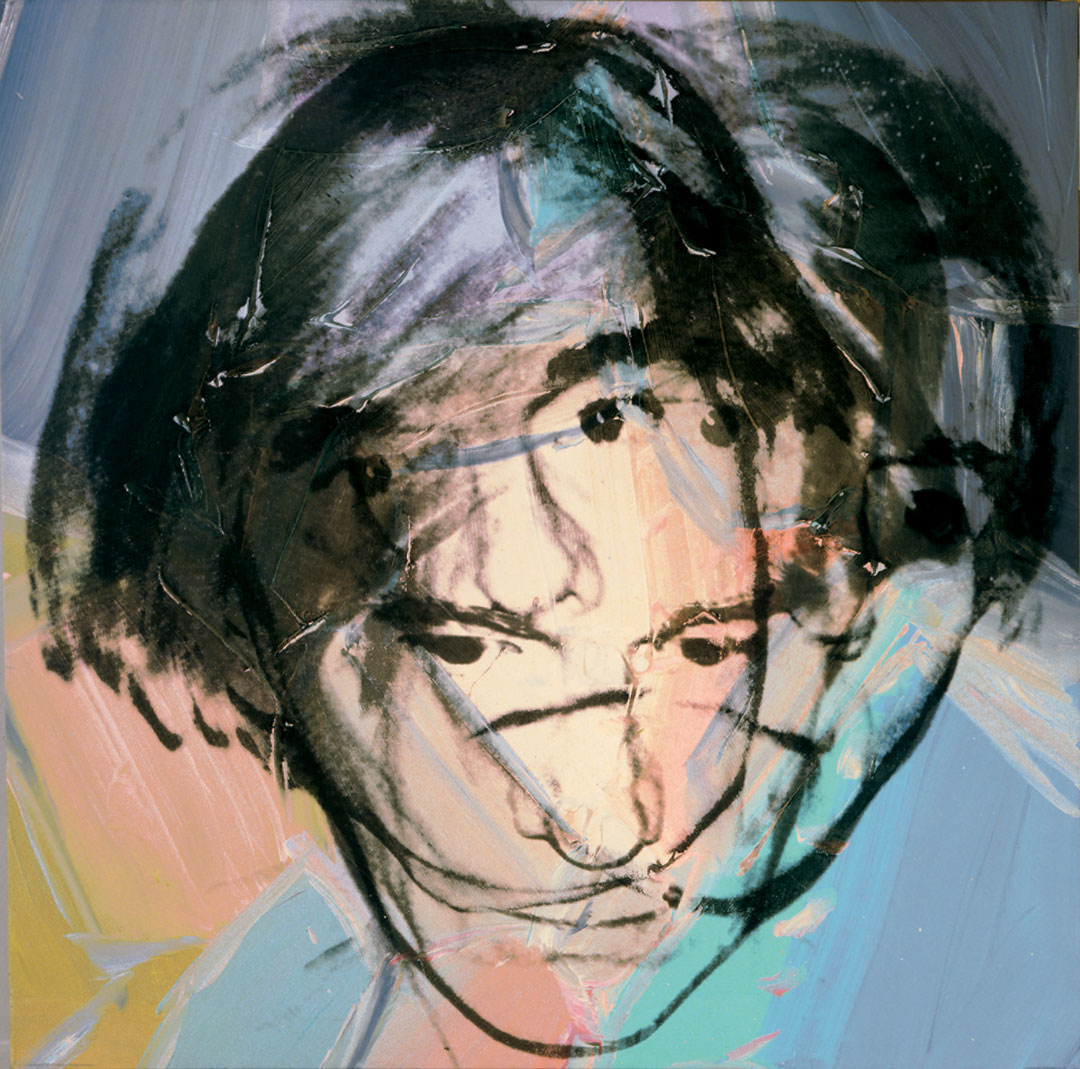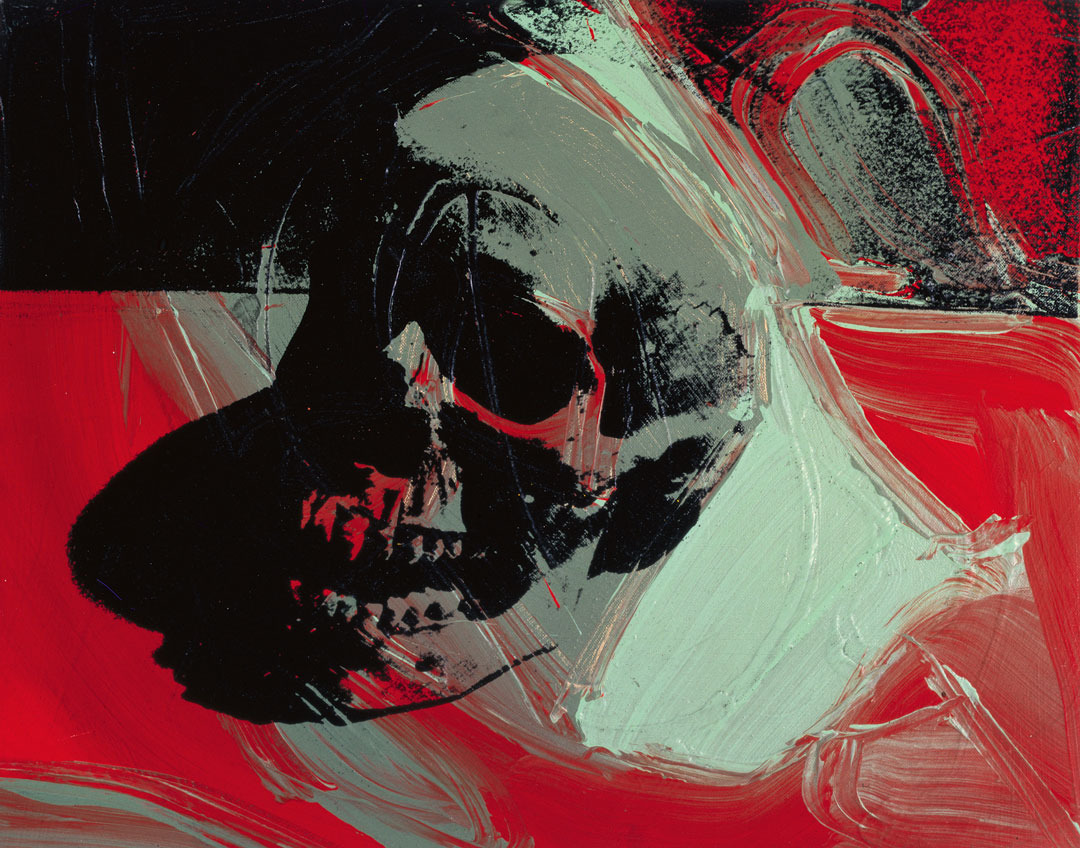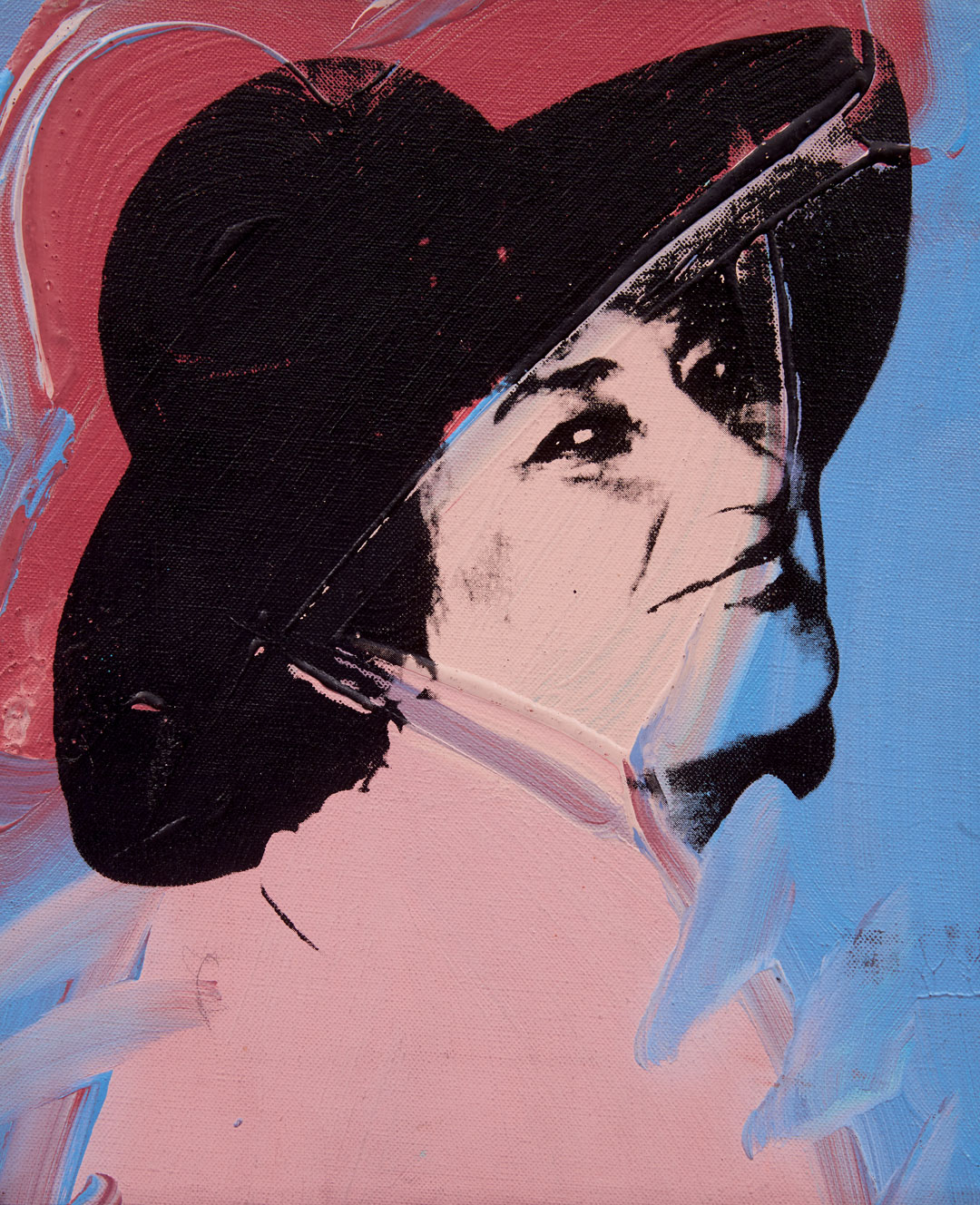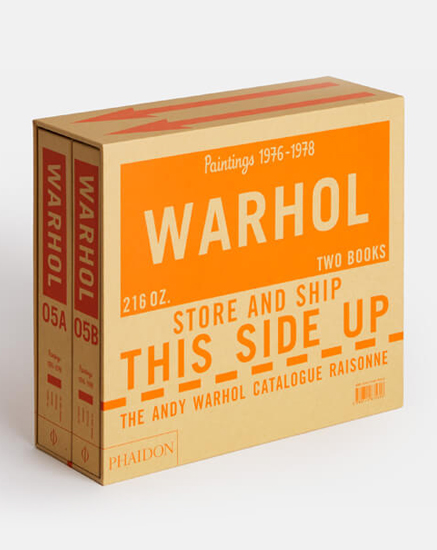
'To me there’s no argument' – the Whitney’s Donna De Salvo says Andy’s 70s paintings are unquestionably great
The curator of the forthcoming Warhol retrospective says that was the era when Warhol truly engaged with painting
Donna De Salvo, Chief Curator and Deputy Director for Programs at the Whitney Museum of American Art in New York, doesn’t doubt the importance of Andy Warhol’s world-famous 1960s works.
“Making a painting from a silk screen in the aftermath of abstract expressionism is a massive thing,” she told her fellow panellists Vincent Fremont, co-founder of the Andy Warhol Foundation, the art critic Blake Gopnik, and Senior Advisor Arnold Lehman of Phillips auction house, New York, which hosted their recent public talk, Andy Warhol: A Conversation, last Thursday. “It’s very difficult to convey how radical a gesture that was, but it really was.
“Given the impact of his 1960s work, it’s easy to disregard Warhol’s later art as unimportant. However, in Da Salvo’s opinion, this is a mistake. She says his work from the 1970s and 1980s – which will feature in her major forthcoming retrospective at the Whitney – is crucially important.

“To me there’s no argument,” says Da Salvo, “A major portion of the retrospective I’m organising privileges a lot of work from the 70s and 80s, because I think there’s been this misunderstanding and fetishising of the work from the 1960s.”
The problem with the ‘60s, as Vincent Fremont explains, lies in Warhol’s promotion of the idea that he wanted to be a machine, which suggested he didn’t actually directly, manually, contribute to the creation of his art. “That absolutely wasn’t true,” says Fremont, “he was a great painter and draughtsman.”
Warhol’s beautiful brush strokes only truly shone through in the 1970s, with his still lifes, his portraits of Mao, and other, finger-painted works, such as the portrait of his mother.

"In 72 he begins the studio still lifes, which lead to the hammer and sickle series,” explained De Salvo. “There’s extraordinary invention and much greater engagement with the act of painting.”

Want to see more of Andy the Painter? Then look to the 1970s. They might not fit neatly into Andy’s poppy image, but the painterly pictures are a beauty to behold, over four decades after their creation. You can find out more in the latest addition to the work-by-work examination of Warhol's career, The Andy Warhol Catalogue Raisonné, Paintings 1976-1978 - Volume 5. And if you want a more affordable Andy overview check out Andy Warhol Giant Size.